Home>diy>Building & Construction>What Are BIM Services?
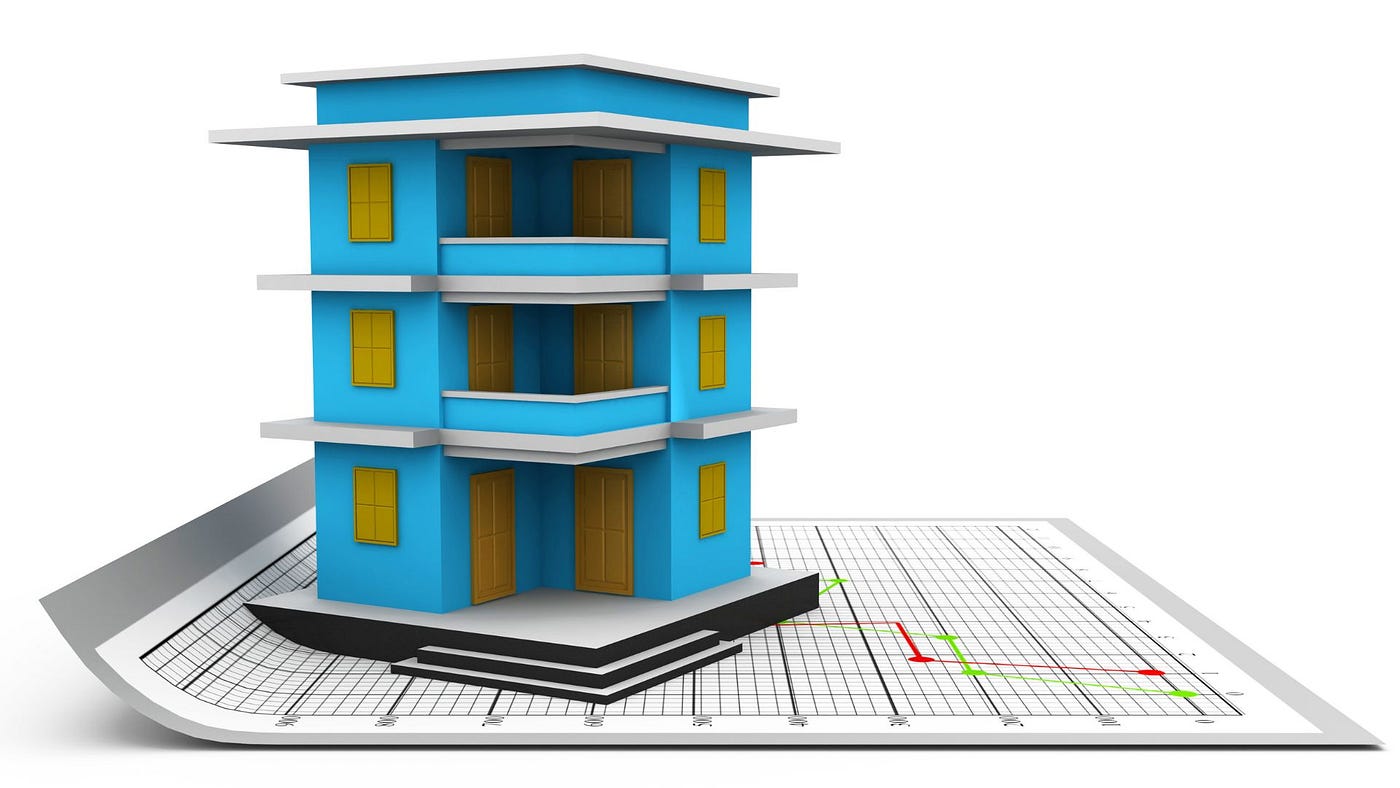

Building & Construction
What Are BIM Services?
Modified: January 9, 2024
Discover the benefits of BIM services for building construction projects. Optimize your workflow and increase productivity with advanced design and collaboration tools.
(Many of the links in this article redirect to a specific reviewed product. Your purchase of these products through affiliate links helps to generate commission for Storables.com, at no extra cost. Learn more)
Introduction
In the ever-evolving world of construction, technology has played a significant role in revolutionizing the way projects are planned, designed, and executed. Building Information Modeling (BIM) has emerged as a crucial tool in the construction industry, offering a collaborative and efficient approach to building design and construction. BIM services encompass a range of digital tools and processes that facilitate seamless communication, coordination, and data management among project stakeholders.
BIM services leverage advanced software applications and methodologies to create a virtual representation of a building or infrastructure project. This virtual model includes detailed information about the physical and functional aspects of the project, such as the architectural design, structural elements, mechanical systems, and electrical components. By utilizing BIM services, professionals in the building construction industry can streamline project workflows, improve decision-making, reduce costs, and enhance overall project outcomes.
Throughout the lifecycle of a building project, BIM services can be employed by various stakeholders, including architects, engineers, contractors, facility managers, and project coordinators. Each discipline benefits from the collaborative nature of BIM, as it enables greater coordination and integration across different stages of the project.
In this article, we will explore the multifaceted world of BIM services and delve into their applications in architecture, engineering, construction, facility management, and project coordination. By understanding the benefits and functionalities of BIM services in each of these areas, we can appreciate the transformative impact of this technology on the building construction industry.
Join us as we embark on a journey through the realm of BIM services, where digital innovation meets construction expertise to shape the future of building design, construction, and management.
Key Takeaways:
- BIM services revolutionize building construction by enhancing collaboration, visualization, and decision-making. From architects to facility managers, stakeholders benefit from streamlined workflows, reduced risks, and improved project outcomes.
- BIM services drive innovation in the construction industry, delivering high-quality, sustainable, and cost-effective projects. By embracing BIM, professionals can shape the future of building design, construction, and management, maximizing efficiency and collaboration.
Read more: What Is BIM?
Understanding BIM
Building Information Modeling (BIM) refers to the process of creating and managing digital representations of physical and functional characteristics of a building or infrastructure project. It involves the use of specialized software applications and collaborative workflows to generate a comprehensive 3D model that encompasses all aspects of the project, from its architectural design to the operational and maintenance data.
BIM goes beyond traditional 2D drawings and brings together various types of information, including geometry, spatial relationships, quantities, and properties of building components. This data enables stakeholders to visualize, simulate, and analyze the project before construction begins, identifying and resolving issues early in the process.
The core principle of BIM is collaboration, allowing different disciplines to work together on a shared platform. This enables seamless integration of design, engineering, and construction data, fostering better communication and coordination among project team members.
At the heart of BIM is the BIM model, a digital representation of the project that incorporates both graphical and non-graphical data. The model serves as a centralized repository for all project-related information, providing a holistic view that can be accessed and updated by various team members.
BIM models typically consist of several levels of detail (LOD), representing the project from conceptual design to construction and operation. As the project progresses, the level of detail increases, allowing for more accurate geometries, material specifications, and component information.
BIM also facilitates the creation of intelligent objects or components, known as BIM objects. These objects contain parametric data, meaning they are capable of storing information about their dimensions, performance characteristics, and relationships to other objects. BIM objects enable quick and efficient design changes and generate accurate quantity takeoffs and cost estimates.
In summary, BIM is a collaborative approach that leverages digital technologies to optimize the design, construction, and management of building projects. It enables stakeholders to visualize, analyze, and simulate the project before construction, leading to improved efficiency, reduced risks, and enhanced overall project outcomes.
Benefits of BIM Services
BIM services offer numerous benefits to the building construction industry, revolutionizing the way projects are planned, designed, constructed, and managed. Here are some key advantages of implementing BIM services:
- Improved Collaboration: BIM services enhance collaboration among project stakeholders, including architects, engineers, contractors, and facility managers. By working on a shared platform, team members can access and contribute to a centralized model, ensuring seamless communication and coordination.
- Enhanced Visualization: BIM services provide a visual representation of the project, allowing stakeholders to navigate and explore the building in a virtual environment. This enables better understanding of the design intent and facilitates early detection of potential clashes or conflicts.
- Reduced Rework: Through the use of BIM services, design flaws and clashes can be identified and resolved before construction begins, reducing the need for costly rework and minimizing project delays. This leads to cost savings and improved project efficiency.
- Accurate Quantity Takeoffs: BIM services enable automated generation of accurate quantity takeoffs and material schedules from the digital model. This streamlines the estimation process, reducing errors and saving time for cost estimators.
- Better Decision-making: BIM services provide a wealth of data that can be analyzed and simulated, enabling stakeholders to make informed decisions regarding design alternatives, material choices, and sustainability measures. This promotes better project outcomes and enhances client satisfaction.
- Efficient Construction Planning: BIM services facilitate construction planning by creating detailed construction schedules, sequencing activities, and visualizing the build process. This helps optimize resource allocation, improve site logistics, and streamline construction workflows.
- Improved Facility Management: BIM services extend beyond the construction phase and support facility management activities. The digital model can be updated with as-built information, enabling efficient operation and maintenance of the building throughout its lifecycle.
Overall, BIM services provide a comprehensive and collaborative approach to building design and construction, leading to improved efficiency, reduced costs, minimized risks, and enhanced project outcomes. By leveraging the power of BIM, the construction industry can embrace digital transformation and drive innovation in the built environment.
BIM Services in Architecture
BIM services have had a significant impact on the field of architecture, transforming the way architects approach the design and documentation process. Here are some key areas where BIM services are utilized in architecture:
- Conceptual Design: BIM services enable architects to create 3D models of their design concepts, allowing clients to visualize the building before it is constructed. This helps in communicating design intent and capturing client feedback early in the process.
- Design Coordination: BIM services facilitate coordination between architects and other disciplines, such as structural engineers and MEP (mechanical, electrical, and plumbing) consultants. By working on a shared platform, design clashes and conflicts can be identified and resolved, ensuring a cohesive and integrated design.
- Parametric Modeling: BIM services allow architects to create intelligent and parametric building components, such as walls, doors, and windows. This enables quick design changes and ensures that modifications propagate throughout the model, maintaining design intent and consistency.
- Visualization and Simulation: BIM services provide architects with advanced visualization capabilities, allowing them to produce photorealistic renderings and walkthroughs of the proposed design. This helps clients and stakeholders understand the spatial qualities and aesthetics of the building.
- Sustainable Design: BIM services facilitate the integration of sustainable design principles into the architectural process. Architects can use BIM to perform energy analysis, optimize building performance, and evaluate the environmental impact of design decisions.
- Construction Documentation: BIM services streamline the production of construction documentation, including floor plans, elevations, sections, and details. By linking 2D drawings to the 3D model, any changes made in the model automatically reflect in the drawings, ensuring accuracy and reducing errors.
- Collaboration with Clients: BIM services enable architects to collaborate more effectively with clients throughout the design process. The visual representation of the building allows for better communication and understanding, ensuring that the final design meets the client’s expectations.
BIM services have revolutionized the architectural profession, enabling architects to create, analyze, and communicate designs in a more accurate and efficient manner. By harnessing the power of BIM, architects can enhance their design capabilities, improve coordination with stakeholders, and deliver exceptional architectural solutions.
BIM Services in Engineering
BIM services have had a profound impact on the field of engineering, revolutionizing the way engineers approach the design and construction of buildings and infrastructure projects. Here are some key areas where BIM services are utilized in engineering:
- Structural Engineering: BIM services enable structural engineers to create detailed 3D models of building structures, including beams, columns, and foundations. These models allow for accurate analysis and simulation, ensuring structural integrity and safety.
- MEP Engineering: BIM services facilitate the coordination of mechanical, electrical, and plumbing systems within the building. The integrated 3D model allows MEP engineers to identify clashes and conflicts between different systems and optimize the placement of MEP components.
- Civil Engineering: BIM services are used in civil engineering to design and analyze infrastructure projects such as roads, bridges, and tunnels. The 3D models enable engineers to visualize and simulate the construction process, optimizing resource allocation and identifying potential issues.
- Construction Planning: BIM services assist engineers in construction planning by creating detailed construction schedules and sequencing activities. The 4D simulation capabilities of BIM allow engineers to visualize the construction process, identify potential conflicts, and optimize site logistics.
- Quantity Takeoff and Cost Estimation: BIM services streamline the process of quantity takeoff and cost estimation by automating the extraction of quantities and generating accurate material schedules. This saves time for engineers and improves the accuracy of cost estimates.
- Design Optimization: BIM services allow engineers to evaluate different design alternatives and assess their performance using advanced analysis tools. This enables optimization of design decisions, leading to more efficient and cost-effective solutions.
- Facility Management: BIM services support the operation and maintenance of engineering systems within a building. By linking the 3D model to asset management databases, engineers can access important information about equipment and systems, facilitating maintenance and performance tracking.
BIM services have transformed the engineering profession, providing engineers with the tools and capabilities to design, analyze, and construct complex building and infrastructure projects more effectively. By embracing BIM, engineers can streamline their workflows, improve collaboration with stakeholders, and deliver innovative and sustainable engineering solutions.
When looking for BIM services, make sure to consider the provider’s experience, expertise in your specific industry, and their ability to integrate with your existing systems.
Read more: What Is A BIM File?
BIM Services in Construction
BIM services have revolutionized the construction industry by providing a collaborative and data-driven approach to building construction. Here are some key areas where BIM services are utilized in construction:
- Construction Visualization: BIM services enable contractors to visualize the construction process before breaking ground. Using 4D simulation, contractors can create a virtual timeline of the project, facilitating better coordination and planning.
- Clash Detection: BIM services allow contractors to identify clashes and conflicts between different building systems and components in a virtual environment. This helps in reducing onsite clashes, preventing rework, and improving construction efficiency.
- Quantity Takeoff and Cost Estimation: BIM services streamline the process of generating accurate quantity takeoffs and cost estimates by extracting data directly from the digital model. This enables contractors to have a better understanding of project costs and facilitates more accurate bidding.
- Construction Coordination: BIM services facilitate better coordination among various project stakeholders, including designers, engineers, subcontractors, and suppliers. The digital model serves as a centralized platform for communication and collaboration, reducing errors and delays.
- Supply Chain Management: BIM services support efficient supply chain management by integrating the digital model with procurement systems. This enables contractors to track and manage materials, equipment, and resources throughout the construction process.
- Onsite Construction Monitoring: BIM services can be used for onsite construction monitoring, allowing contractors to compare the as-built conditions with the 3D model. This helps in ensuring accuracy and quality control during construction.
- Facility Handover and Documentation: BIM services aid in the efficient handover of the project to facility managers by providing accurate and up-to-date documentation. The digital model can be linked to asset management systems, facilitating facility maintenance and operations.
BIM services have transformed the construction industry by streamlining workflows, improving coordination, and enhancing communication among project stakeholders. Through the use of BIM, contractors can optimize construction processes, reduce errors and rework, and deliver projects on time and within budget.
BIM Services in Facility Management
BIM services play a crucial role in facility management, helping facility managers efficiently operate and maintain buildings throughout their lifecycle. Here are some key areas where BIM services are utilized in facility management:
- As-Built Documentation: BIM services provide facility managers with accurate and up-to-date documentation of the building. The digital model includes information about building systems, equipment, and maintenance schedules, facilitating efficient facility management.
- Asset Management: BIM services support asset management by linking the digital model to asset databases. This allows facility managers to easily access information about equipment, components, and their maintenance requirements, improving maintenance planning and scheduling.
- Space Management: BIM services enable facility managers to efficiently manage building spaces, including occupancy, utilization, and allocation. By utilizing the digital model, facility managers can optimize space usage and track changes over time.
- Maintenance and Repairs: BIM services assist facility managers in planning and executing maintenance and repair activities. The digital model provides insights into the condition of building components, allowing for proactive maintenance and reducing downtime.
- Energy Management: BIM services support energy management by providing data on building energy performance. Facility managers can analyze energy consumption patterns, identify areas of inefficiency, and implement energy-saving measures.
- Life Cycle Analysis: BIM services facilitate life cycle analysis of building systems and components. Facility managers can assess the life expectancy of equipment, plan for replacements, and make informed decisions based on cost, performance, and sustainability factors.
- Emergency Planning and Response: BIM services aid in emergency planning by providing access to critical building information. The digital model can be utilized to visualize emergency routes, locate emergency equipment, and facilitate effective response in case of emergencies.
BIM services revolutionize facility management by providing facility managers with a comprehensive and accurate toolset to manage buildings effectively. By leveraging BIM, facility managers can optimize maintenance, reduce costs, improve energy efficiency, and enhance the overall performance of their facilities.
BIM Services in Project Coordination
BIM services play a critical role in project coordination by facilitating seamless communication and collaboration among various stakeholders involved in the building construction process. Here are some key areas where BIM services are utilized in project coordination:
- Shared Data Environment: BIM services provide a shared data environment where project stakeholders can collaborate and access the latest project information. This centralized platform ensures that everyone is working with up-to-date data and reduces miscommunication.
- Model-based Coordination: BIM services enable model-based coordination, allowing different disciplines to integrate their designs and ensure compatibility. This helps identify clashes and conflicts early in the design process, reducing costly rework during construction.
- Design Change Management: BIM services help manage design changes effectively by automatically updating the model and notifying relevant stakeholders. This improves transparency and allows for quicker decision-making, keeping the project on track.
- Construction Sequencing: BIM services support the coordination of construction activities by visualizing the sequencing of tasks. This allows project stakeholders to plan the construction process effectively and optimize resource allocation.
- Document Management: BIM services streamline document management by linking drawings, specifications, and other project documents to the digital model. This ensures that project information is easily accessible and eliminates the need for manual searching.
- Collaborative Issue Resolution: BIM services facilitate collaborative issue resolution by providing a platform for stakeholders to document and track project issues. This streamlines the issue resolution process, reducing delays and improving project efficiency.
- Project Visualization: BIM services enable stakeholders to visualize the project in a 3D environment, enhancing their understanding and improving decision-making. This fosters better communication and coordination throughout the project lifecycle.
- Communication with Clients: BIM services assist in effective communication with clients by visualizing the project and allowing them to provide feedback and make informed decisions. This ensures that the client’s vision aligns with the project deliverables.
BIM services have transformed project coordination by providing a collaborative platform that enhances communication, coordination, and decision-making among project stakeholders. By utilizing BIM, project teams can streamline workflows, reduce conflicts, and deliver successful projects on time and within budget.
Conclusion
Building Information Modeling (BIM) services have revolutionized the building construction industry by offering a collaborative and data-driven approach to project planning, design, construction, and facility management. BIM services provide a range of benefits to stakeholders throughout the project lifecycle, including architects, engineers, contractors, facility managers, and project coordinators.
From the conceptual design phase to facility management, BIM services enhance collaboration, visualization, coordination, and decision-making. Architects can create immersive designs and easily communicate their vision to clients. Engineers can analyze and optimize structural and system designs, ensuring efficiency and safety. Contractors benefit from clash detection and improved construction planning, reducing errors and rework. Facility managers can efficiently operate and maintain buildings, performing tasks such as asset management, space management, and energy optimization. Project coordinators can effectively manage project data and foster seamless communication among stakeholders.
By utilizing BIM services, stakeholders can streamline workflows, reduce project risks, improve cost estimation, enhance design coordination, and achieve overall project success. BIM’s ability to provide a centralized and collaborative environment enables efficient communication, promotes interdisciplinary coordination, minimizes errors, and improves project outcomes.
The widespread adoption of BIM services has transformed the building construction industry, driving innovation and delivering high-quality, sustainable, and cost-effective projects. As technology continues to advance, BIM services will continue to evolve, bringing new capabilities and enhancing project delivery further.
In conclusion, the integration of BIM services into the building construction process is vital for professionals to stay competitive and deliver exceptional projects. By embracing BIM, we can shape the future of the industry, maximizing efficiency, collaboration, and overall project success.
Frequently Asked Questions about What Are BIM Services?
Was this page helpful?
At Storables.com, we guarantee accurate and reliable information. Our content, validated by Expert Board Contributors, is crafted following stringent Editorial Policies. We're committed to providing you with well-researched, expert-backed insights for all your informational needs.
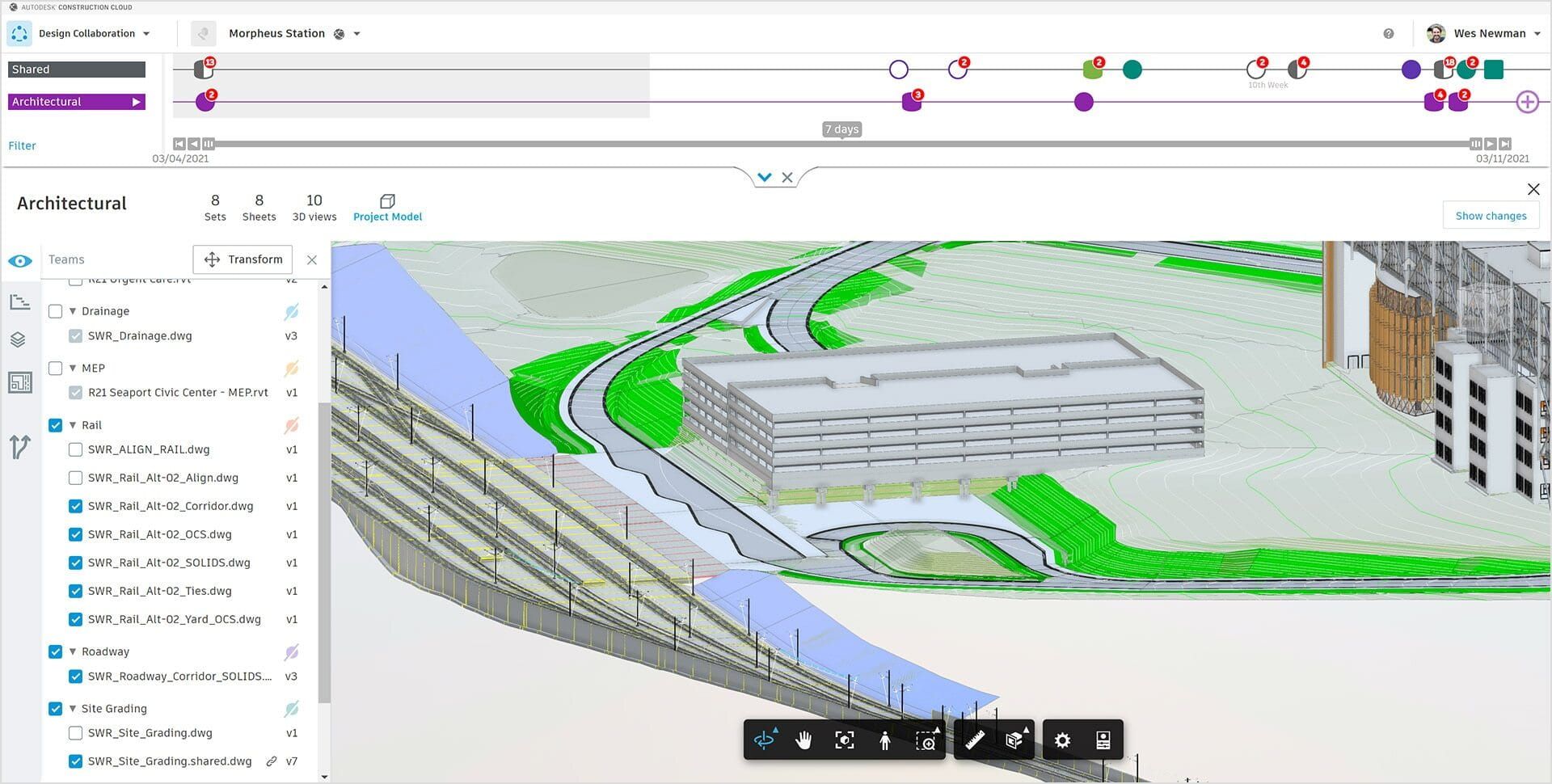
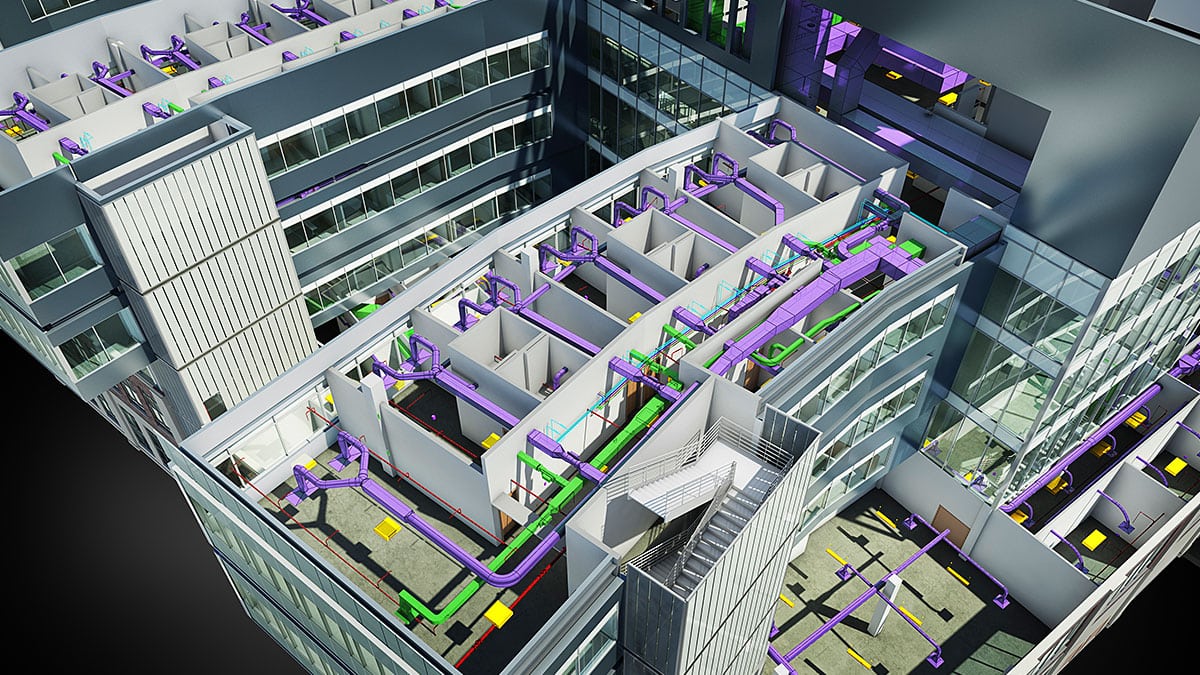



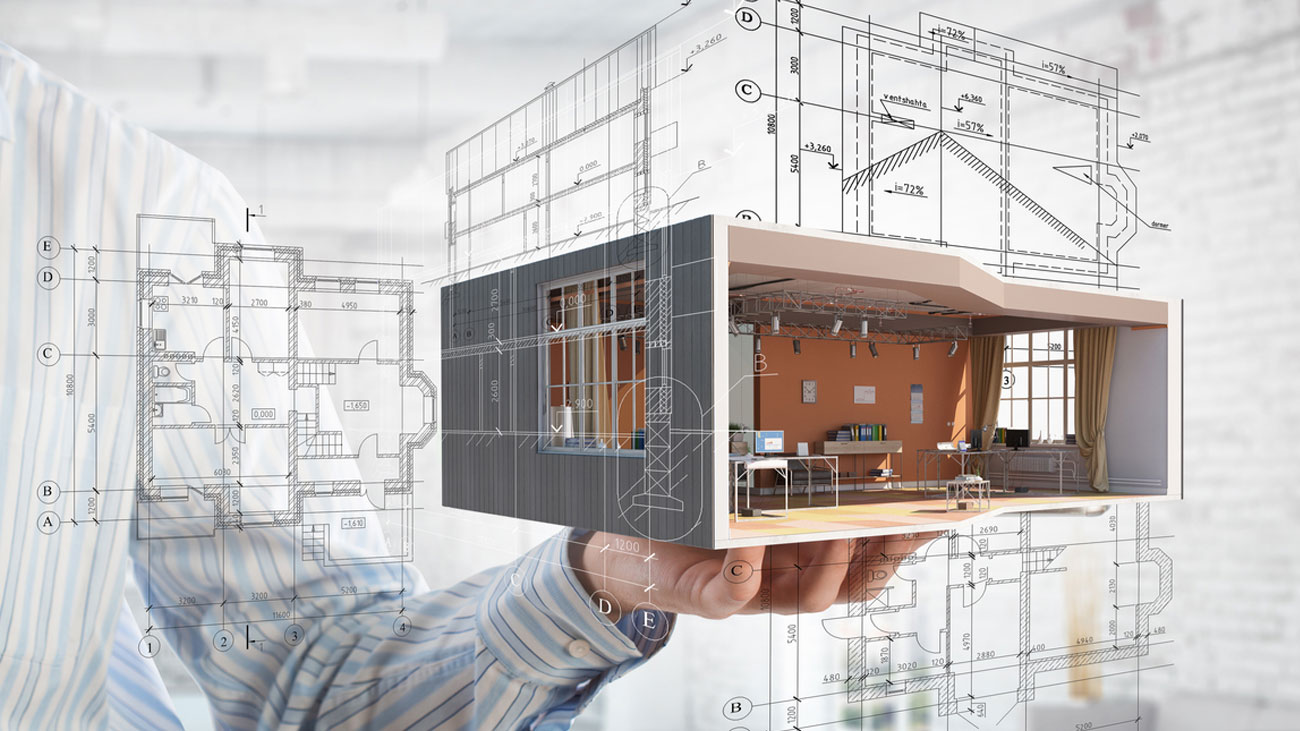

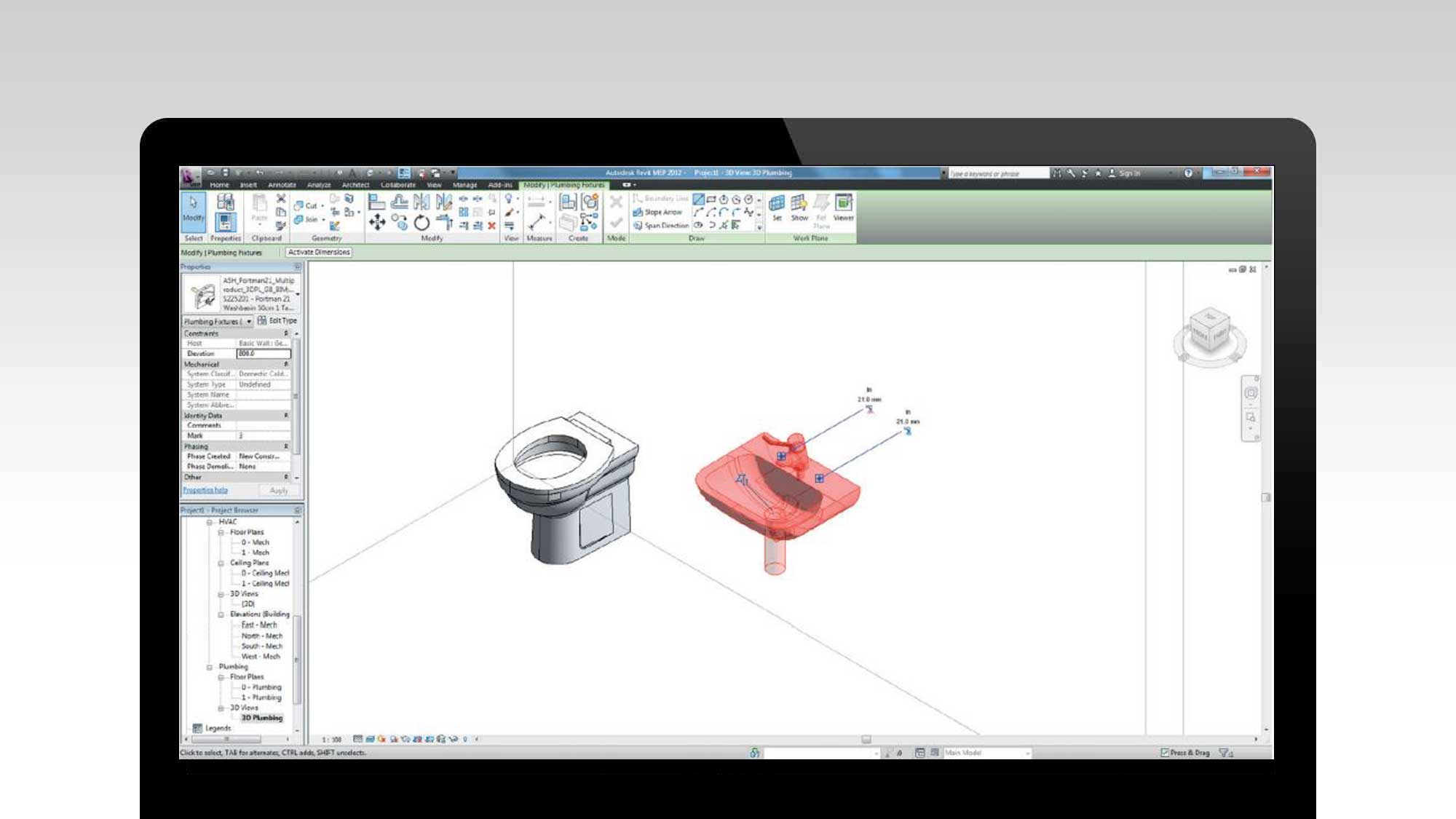
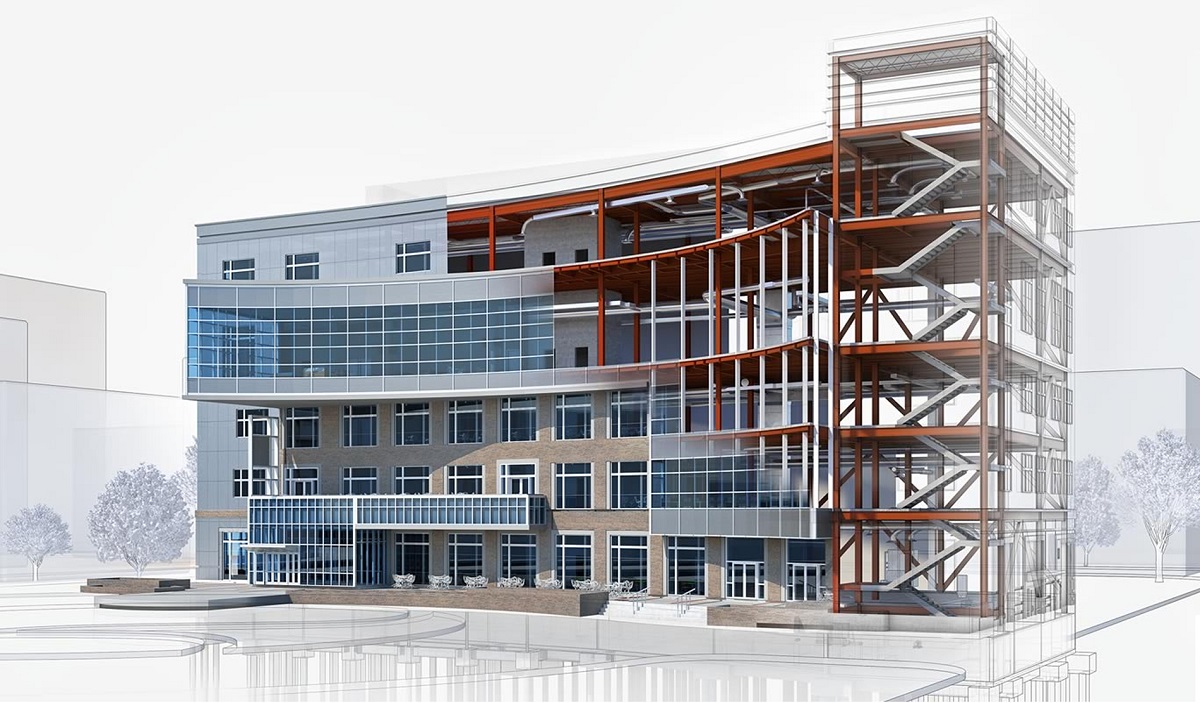

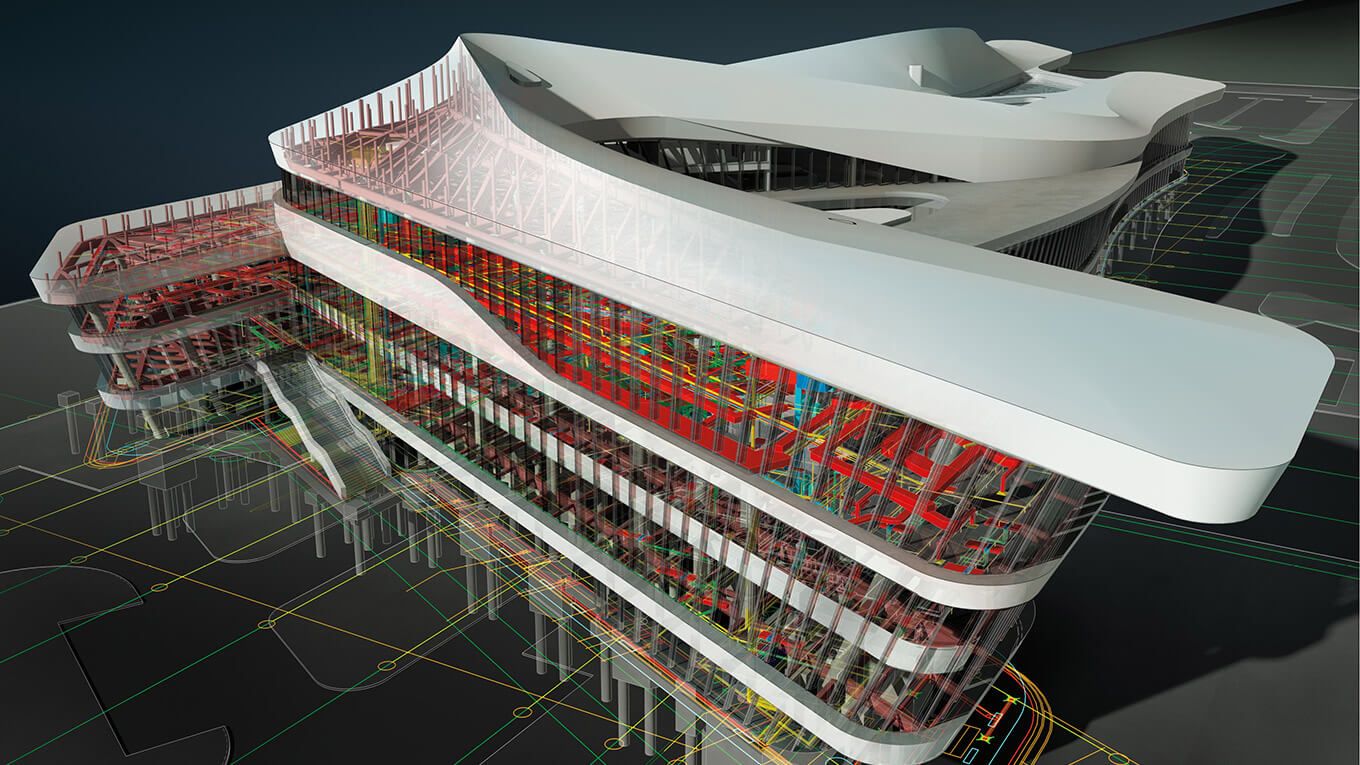
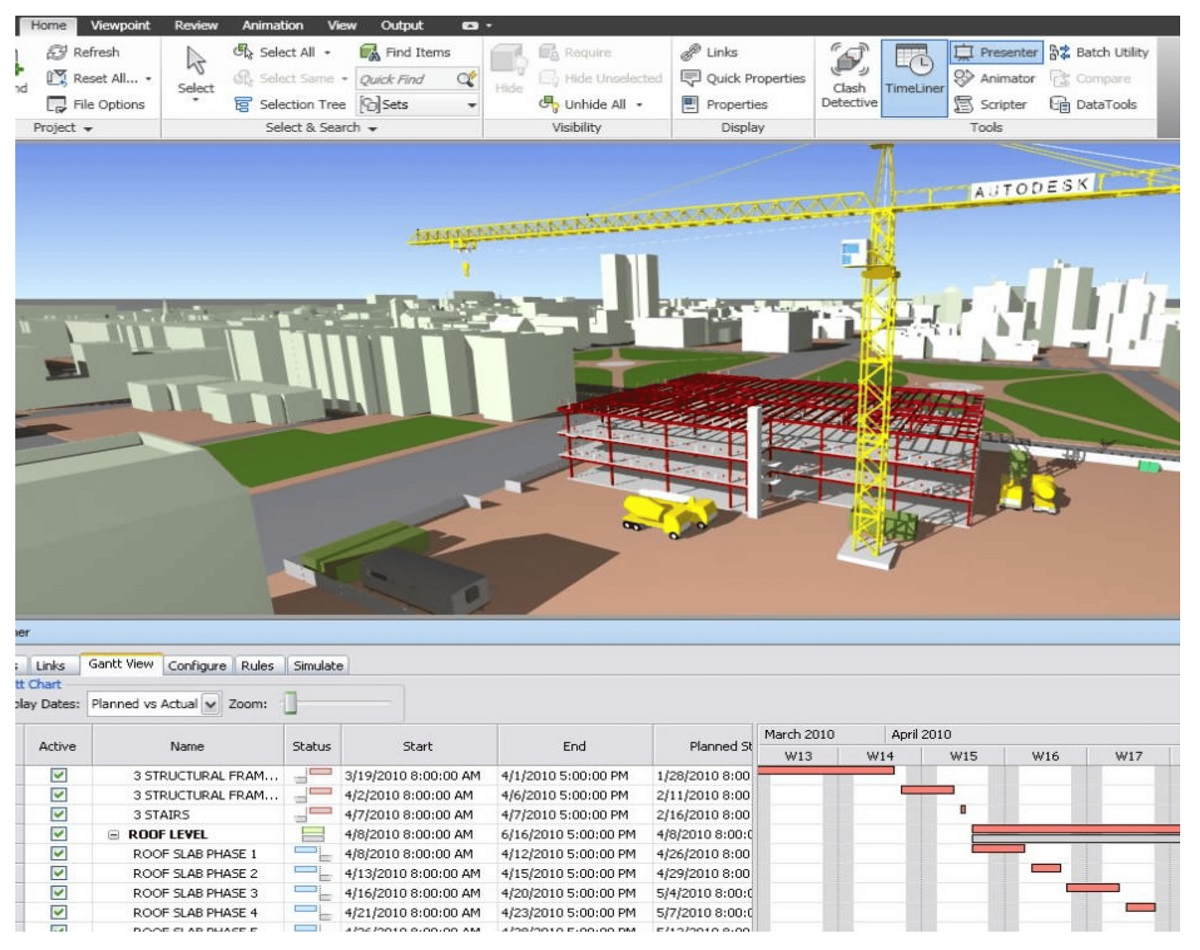
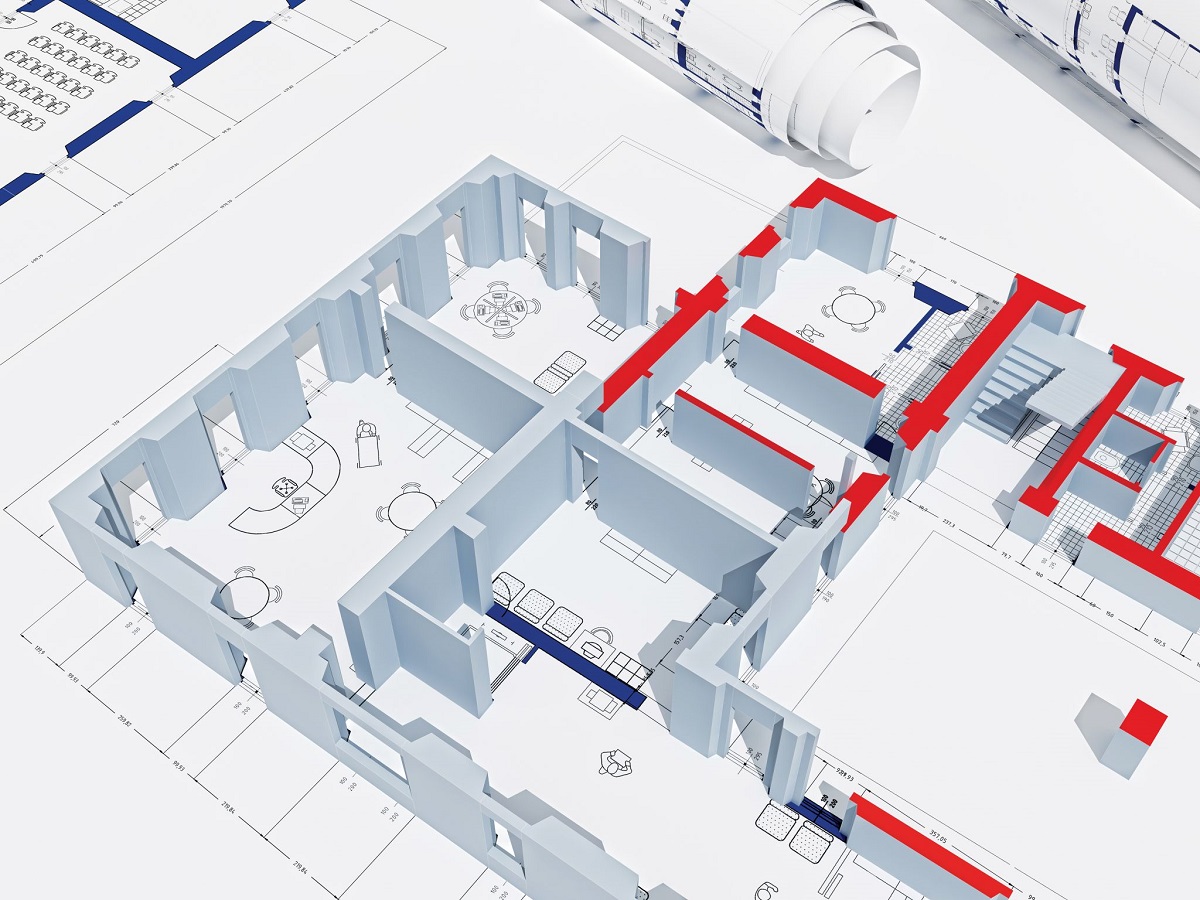
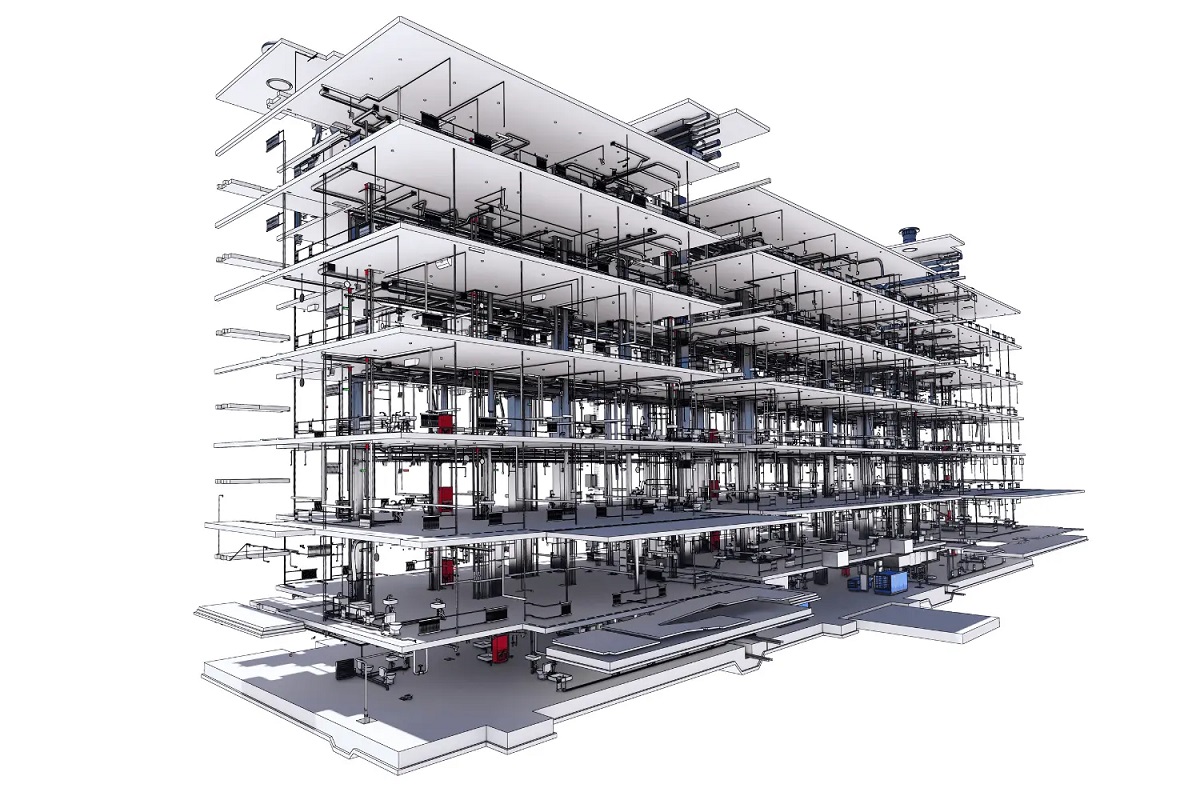

0 thoughts on “What Are BIM Services?”